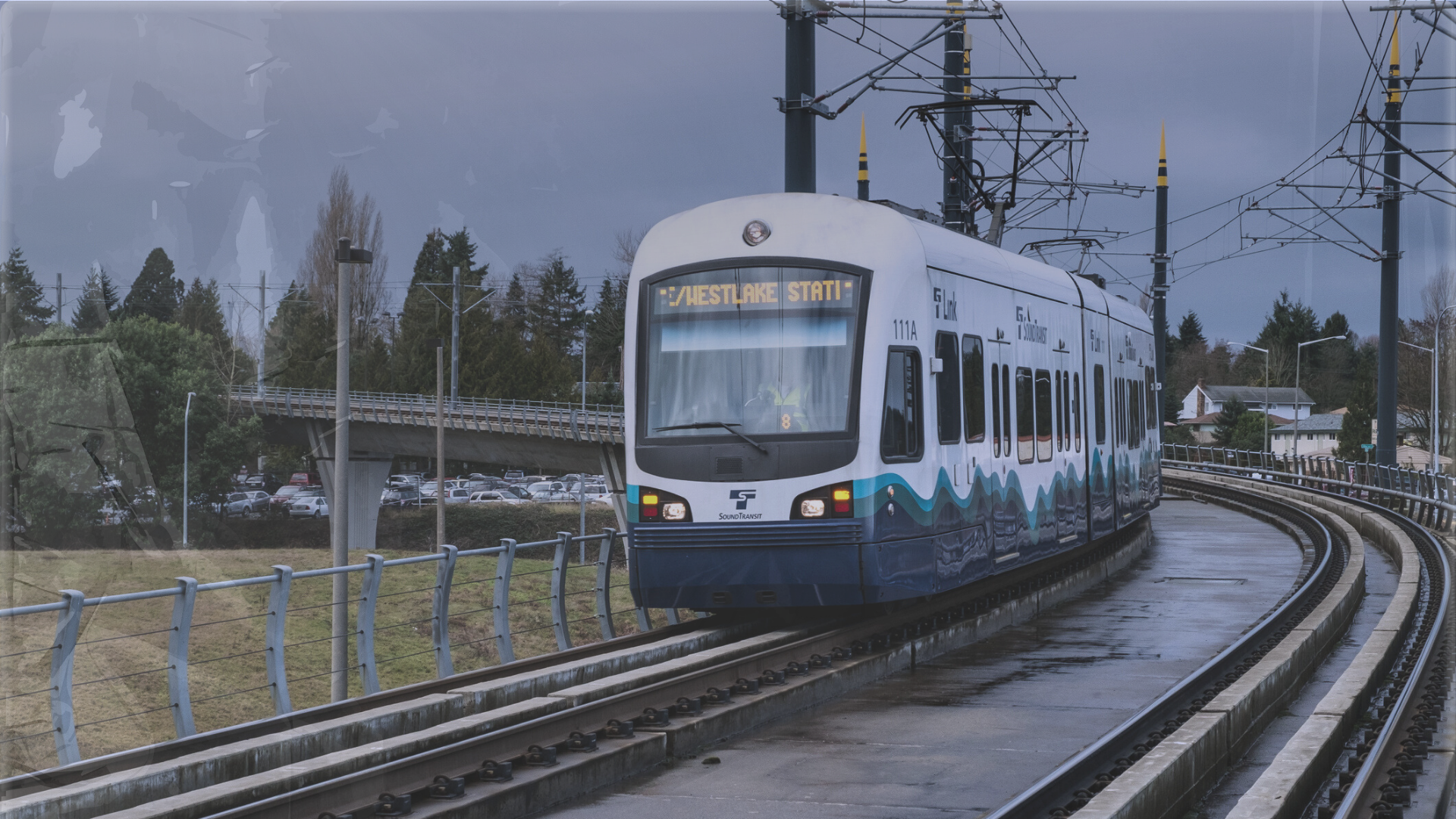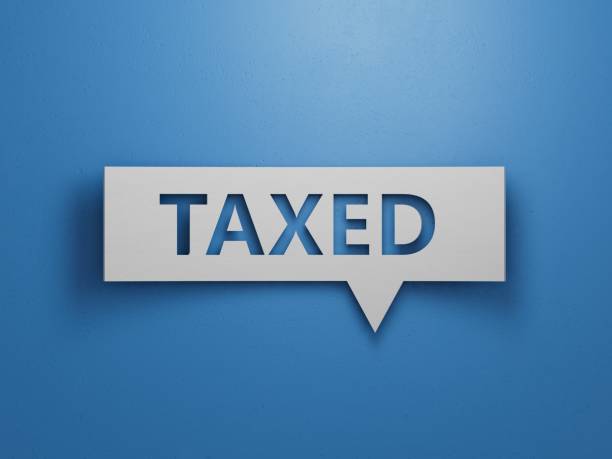A recent Crosscut article highlights one University of Washington student’s journey to work and the impact light rail has had on commute times. The article highlights the fact that light rail is encouraging students to live further away from campus in order to find affordable housing.
The issue in comparing light rail to cars or living locally, is not an apples to apples comparison.
Light rail for a student is practically free ($92 per quarter). It’s taxpayers who live and drive in Sound Transit’s taxing district who pay an average of $179 each way (or $358 for a round trip) in taxes per rider once the true cost of the trip is taken into account.
Not only is the Tukwila to the U-District trip more expensive on light rail, it is also twice as slow as a car. The car journey for the student can take between 24-30 minutes, while the light rail journey takes about an hour. At the federal reimbursed rate of $0.56 per mile, the cost for a car trip is 30 miles x $0.56 or about $17. The cost to stay in a dorm to avoid the commute is about $1,000 per month, according to the student.
If the rider had to pay for the true cost of the tickets for a month of travel, which would be around $10,740 ($358 per day for 30 days), the dorm costs become much more attractive. Additionally, the student would save two hours each day in travel time.
Think the $179 per trip is an exaggeration? Light rail in 2021, according to Sound Transit’s annual report, cost $163 million dollars to operate and needed $1.9 billion in capital funding for the expansion of the rails and stations.
Comparing operating costs to ridership in 2021, a simple total operating cost calculation yields a cost per trip of $14. If you factor in the capital costs for 2021, the cost per trip is $179. Proponents of light rail as a cost-effective method of transportation would argue that capital costs cannot be included in the true cost of running the system, but that’s like saying the cost to run a home doesn’t include the mortgage and only includes the utilities and groceries.
Additionally, recent surveys have shown that up to 70% of riders are not paying the fares on the trains, shifting the cost burden to other taxpayers. Already Sound Transit is considering imposing additional taxes and received help from the legislature in the latest transportation package to make up the shortfall.
Post-pandemic ridership is down and the exiting Sound Transit CEO warned back in January that without fare enforcement, Sound Transit would be in trouble. Even before the pandemic hit in January 2020, ridership was declining on the ST Express service.
Light rail is only attractive as an option because it’s free to its riders, paid for by someone else.
A far better solution for public transportation is Bus Rapid Transit (BRT) which operates at much lower costs and has almost insignificant capital costs compared to light rail.
Sound Transit’s light rail is an expensive, outdated mode of public transportation and to claim otherwise is disingenuous.
This article was updated show $1000 per month for a dorm room and not $3000 as originally stated.






